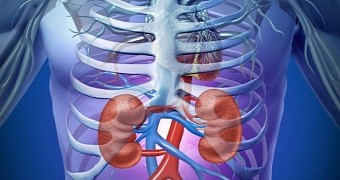In a study published earlier this week in the journal Proceedings of the National Academy of Sciences, a team of specialists working with research institutions in Japan detail their work growing kidneys and even a urinary pathway and a bladder to go with them.
The specialists say they grew the organs from stem cells. When put to the test, the laboratory-made kidneys performed flawlessly, as did the drainage tube and the bladder connected to them.
The team even transplanted the kidneys in animals
What with the organs seeming perfectly healthy, the research team went the extra mile and transplanted them into rats and pigs. The kidneys continued to work following transplantation.
They produced urine, which drained into the urinary pathway and then all the way into the bladder. Both the systems transplanted into rats and the ones transplanted into pigs did their job just right, Medical Express informs.
True, growing organs in the lab is not exactly breaking news. Not any more, at least. Plainly put, there have been many such experiments carried over the years.
Still, engineering kidneys turned out to be a rather tricky job. Built without a urinary pathway to drain them, previous lab-made kidneys had a rather short lifespan.
Unable to release the urine they produced, they would begin to bloat and, eventually, become useless. Adding a urinary pathway also engineered from stem cells took care of this problem.
The scientists are not yet ready to grow kidneys for humans
These experiments might have turned out quite successful, but the researchers who pulled them off say they are not yet ready to grow kidneys for humans.
They say they must first determine whether the organs are viable in the long run and asses the risk that they might develop cancerous formations.
All the same, the study does bring hope that it might one day be possible to grow organs for people in need of a transplant rather than sit around waiting for a donor.

 14 DAY TRIAL //
14 DAY TRIAL //